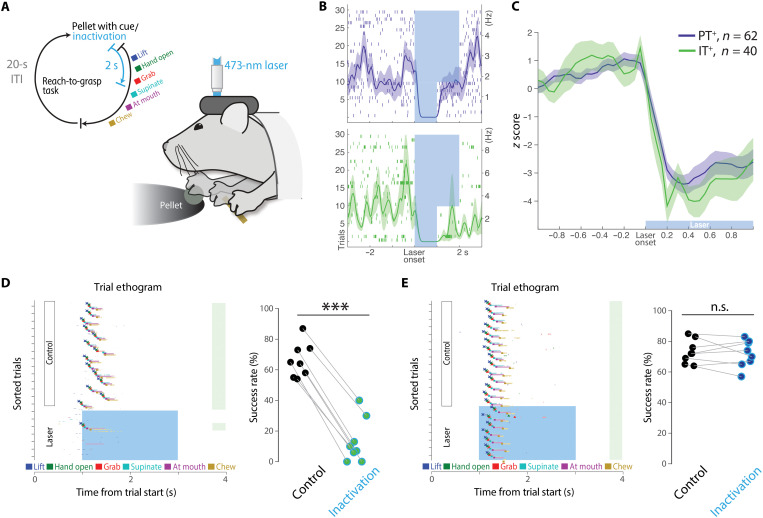Fig. 7. MCtxFL IT neurons are necessary for execution of forelimb movements in a reach-to-grasp task.
(A) Schematic of inactivation paradigm in reach-to-grasp task (55). Laser was triggered in randomly selected trials (~27%) at the cue onset. (B) Top: Representative PT neuronal response to optogenetic inactivation with GtACR2. Lasers were delivered for 1 or 2 s in interleaved trials. Bottom: An IT neuronal response to inactivation. (C) Identified PT+ units (62 from four mice) and IT+ units (40 from four mice) displayed comparable responses to optical silencing. (D) Left: Inactivation of IT neurons in the contralateral (left) hemisphere of the reaching arm (right) blocked initiation and successful execution of reach-to-grasp presented as an ethogram of a representative session with each behavioral component automatically labeled by JABBA (72). Right: Fraction of successful performance in control versus IT inactivation trials for all sessions (n = 4 mice, eight sessions). ***P < 0.001. (E) Left: Inactivation of PT neurons had no effect on task performance in a representative session. Right: Fraction of successful performance in control versus PT inactivation trials for all sessions (n = 4 mice, eight sessions).

